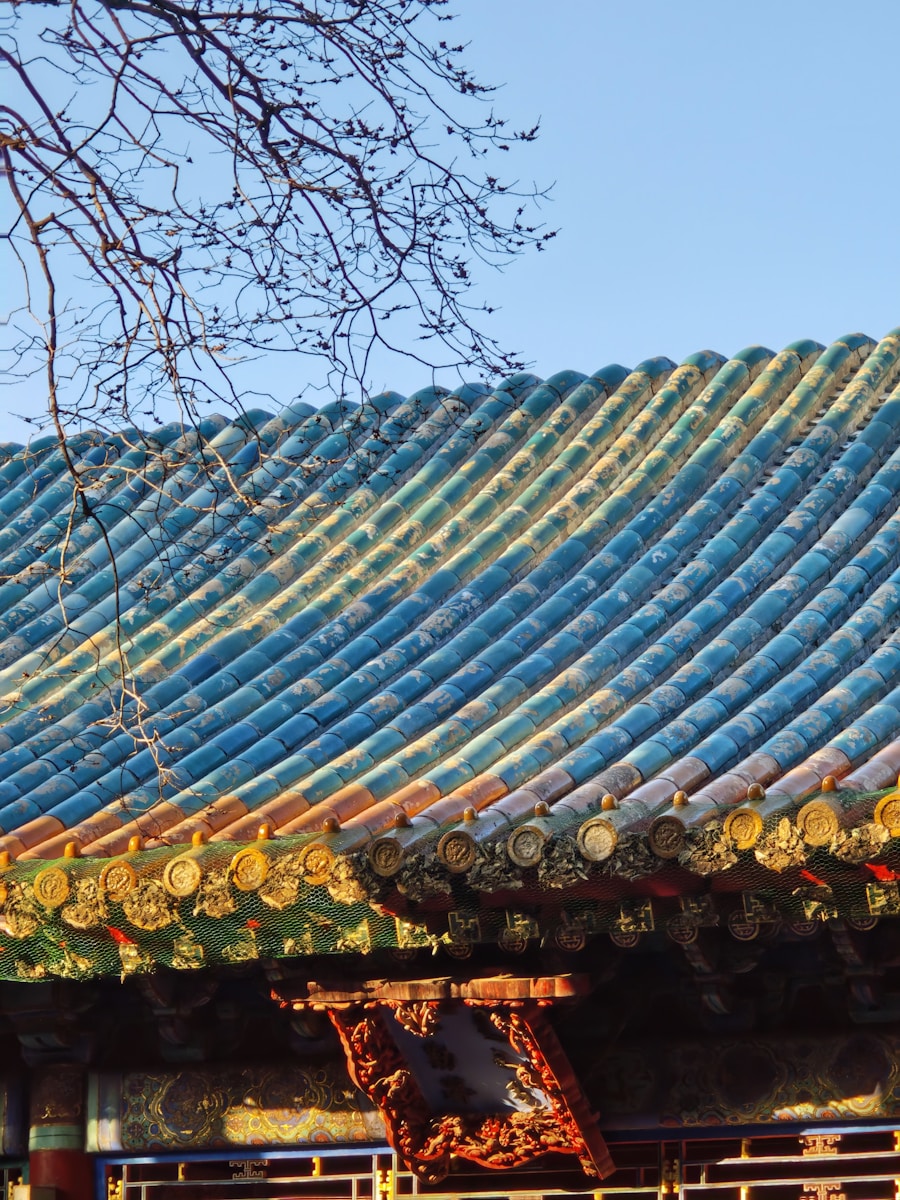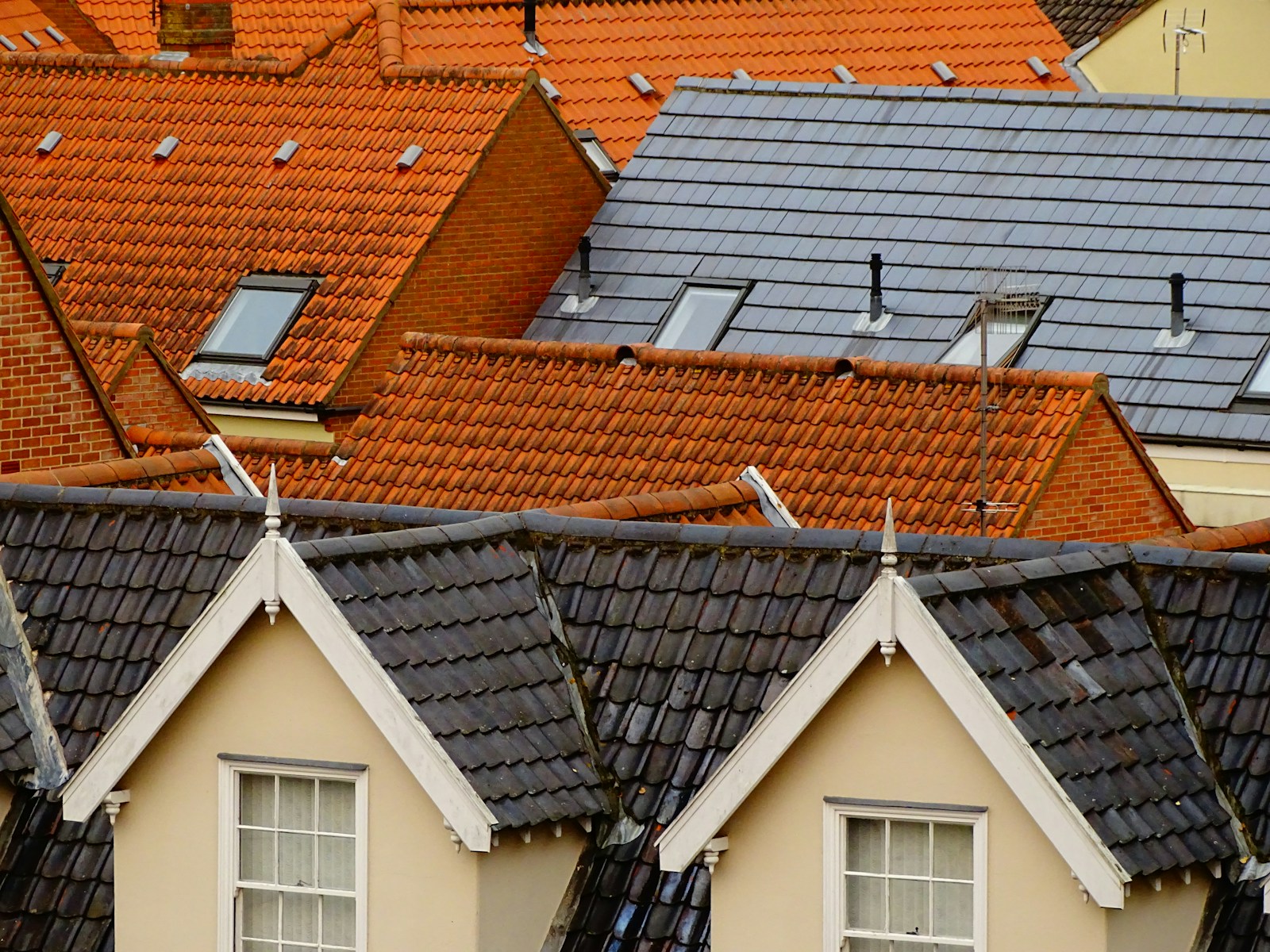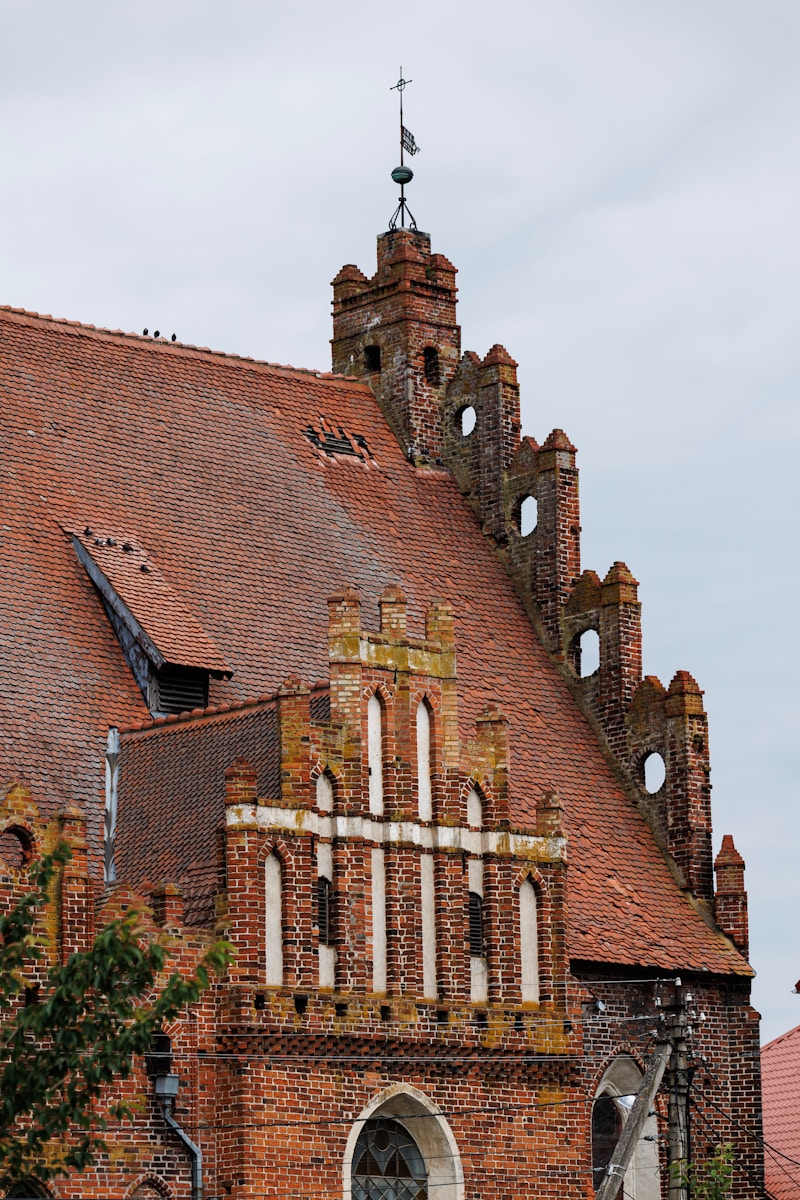Metal roofs got this habit, yeah? They talk. Bangs, ticks, the occasional loud POP like somebody just fired a BB gun at your attic. Especially those slanted or angled ones – they got a mouth of their own when the sun shows up or a cold breeze whispers by. It’s not ghosts, sorry. It’s usually thermal expansion. Or, well, a bunch of other stupid little things working together like a badly tuned jazz band.
But lemme back up.
You’re lying in bed, it’s 2:47 AM, and suddenly the roof goes TANG! like someone dropped a socket wrench on it. You stare at the ceiling. “What the hell was that?” Well, friend, you’re not alone. Angled metal roofs are notorious for this kind of acoustic mayhem.
The problem ain’t always where the sound is
Here’s the stupid part. You go up there looking for a loose panel or cracked seam… and it’s all fine. No bolts flappin’, no rust chew holes, nothing looks like it’s beggin’ for help. But still, CRACK, PING, CLANG every day at sunset like clockwork.
Why?
Because noise in a metal roof don’t always come from where it sounds. Vibrations travel. Echoes bounce off the angle. You fix the left side and the noise was comin’ from the chimney bracket all along. It’s like trying to find where your dog’s fart came from. You know it’s there, but you ain’t got a GPS for it.
Expansion’s the devil, but screws are the enablers
Metal expands. Big whoop, right? But when it does on a roof that’s angled—especially the steeper ones—it moves unevenly. And if your panels are locked too tight, guess what? Now they’re fighting. They want to grow but the screws say no. So the sheet says “fine, then BANG.”
Some installers over-tighten screws. Not cause they’re mean, just ‘cause that drill don’t got feelings. Then there’s the hidden fasteners—they supposed to make it pretty, but they trap movement worse than your aunt’s polyester couch cover.
And sometimes the screw heads rub against the panel holes when things shift. That ain’t just annoying. That’s metal-on-metal whining. You can hear it in your molars.
Underlayment? Pfft. Might as well be tissue paper
Here’s another stinker. A lotta noise comes from what’s under the metal, not the metal itself. If your underlayment is cheap or thin or old, then guess what? That whole roof becomes a big echo chamber. Like yelling into a Pringles can.
Some folks try adding foam strips or butyl tape to dampen the sound. Works… sorta. But if it’s installed like a rushed IKEA desk, it just rattles around and adds a new kind of noise—flap flap wibble flop.
Also, if your house framing’s off by just a little—like a quarter inch twist somewhere in the trusses—your panels won’t sit flush. And they hate that. They complain. Loudly.
Gutters, vents, and other sidekicks of chaos
Ever think your gutter might be playing percussion on your roof’s metal drum set? Yep. If it’s loose, clogged, or just made of the wrong alloy, it might be whacking against the edge of the roof every time the wind hits 11mph or a squirrel lands wrong.
Vents? Don’t get me started. Wind whistles through ‘em, cap flaps open and shut, and if they’re not sealed right, you’ve got a kazoo up there.
One client thought their roof was haunted. Turned out to be a loose turbine vent cap squealing like a pig every time it spun.
Fixing it? It ain’t glamorous
So what do ya do? You go up there, one screw at a time, loosen where it’s too tight, add rubber washers where there ain’t any. Stick vibration pads where the panels meet.
One guy I knew, he glued thick felt strips between every seam like he was gift-wrapping his whole damn roof. Took him a week. But yeah—it got quiet.
Others go hardcore and inject sound-dampening sealant into panel overlaps. But only if they know what they’re doing. Otherwise it’s like trying to stop a squeaky chair by wrapping it in jelly.
Can’t fix what you can’t hear during daylight
Here’s the trick nobody tells you. Most of these noises? They only happen in the middle of the night or during the weird in-between weather hours—like when the temp drops fast after sundown. So daytime inspections? Useless.
You gotta get sneaky. Set up audio recorders. Put chalk on suspected friction points. Use thermal cams if you’re fancy. Or, you know, just sit up there during sunset like a lonely raccoon whispering “come on, make the noise again.”
Some noises just… stay
Look. Sometimes you fix all the screws, pad every joint, replace the vent caps, rehang the gutters, and it still pops when the sun hits the east slope. At that point, you gotta make peace with it.
Some metal roofs just talk. Especially the older ones or DIY jobs. It’s part of their personality. Like a grumpy uncle who mutters at dinner.
What you can do is reduce the chorus. Quiet the worst offenders. Give your sanity a fighting chance.
Don’t call a regular roofer. No offense, but…
Your average roofer’s lookin’ for leaks, missing shingles, storm damage. They don’t got ears for the tik tik tik that only shows up when your cat’s asleep on the windowsill.
What you need is a roofer who’s half sound engineer, half detective. They gotta think like the noise. Ask weird questions. Tap panels with their knuckles. Crawl into the attic with a flashlight and a portable speaker blasting rain sounds to simulate impact. Yeah, it’s weird work.
Final rant, I guess?
Acoustic roof problems aren’t sexy. They don’t show up in photos. You can’t brag about ‘em to your friends. But they mess with your sleep and your sanity.
Fixing ’em? It’s part science, part superstition, and part just trying stuff until it stops squeakin’. That’s it. No secret formula. No tech wizardry.
Just patience, dirty hands, and a whole lotta listening.
You want quiet? You gotta earn it.





